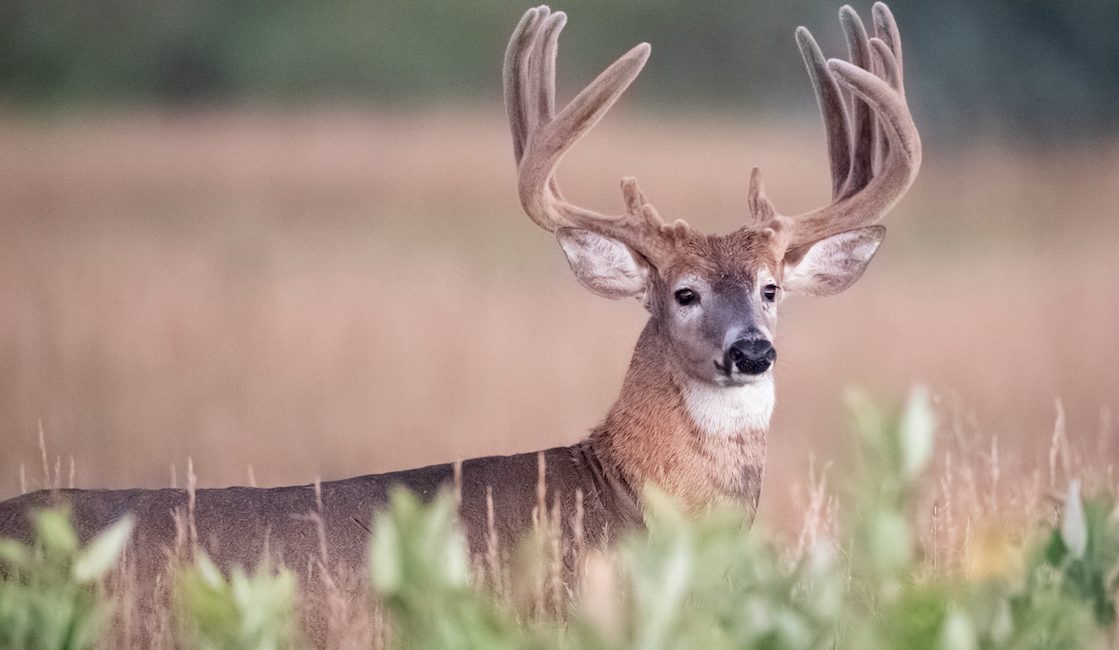
Build it and they will come.
That’s what some novice hunters may think when growing their own food plots… plant some turnips or alfalfa, and a big buck will be there.
However, there is more to creating the ideal habitat for your next deer hunt than throwing out a bag of seed. Let’s talk about a few of them so you can create your own honey hole.
There are some obvious tactics to creating a successful food plot; deciding what kind of forage to plant for your area and soil type, then choosing a high quality seed variety (Hint: Whitetail Institute), and managing the soil with the right nutrients to help your seed grow and thrive.
But what about those less obvious preparations? For example, on opening day of deer season, how will you get to your stand without leaving your scent or spooking the deer?
If you do score that trophy buck, are you able to access it with an ATV or is the distance back to the truck short enough to haul it yourself?
Or, more importantly, is your food plot spot in an area deer even travel through?
Location, location, location
While you are confined to the parameters of your property, there are a few things to consider when choosing a spot for your food plot.
Find their route
Deer are habitual creatures, taking the same routes to their food and water sources. Ideally, your food plot can be placed between bedding areas and a water source.
Look for thick cover
Depending on whether you use a tree stand or a blind, you’re going to want to be on the outside parameter, blending in with your surroundings… and so are they. Deer feel more comfortable if there is cover close by they can run to if they feel threatened.
Scout out the best trees
This is kind of a “chicken or egg” question… Do you find the best tree to hang your stand from and then make a food plot? Or, do you find the best food plot area then scout out which tree to hang your stand on?
It’s really a bit of both. You need an open area to plant, but you also want a sturdy tree you feel secure in.
Know the wind direction
This one is key. White-tailed deer have 297 million olfactory receptors (their sniffer). Compare that to dogs who only have 220 – deer can literally smell you a mile away.
The last thing you want to do is spend lots of time preparing a food plot only to spook off game with your scent. If you have the ability to set up a stand or blind where you can be downwind on any given day, you’re golden.
However, if you have to choose one spot, stay on the southern edge of your preferred area. Deer usually will move more when it starts to get colder, which usually means the wind is coming from the north or northwest. Positioning your stand with the wind in your face will give you the best chances of being undetected when bucks are on the move.
Observe the daylight
While many food plot varieties come with shade specific attributes, even they will do better if they get a little sunlight throughout the day.
Suppress your neighborliness
Yes, it sounds a little rude, but do you really want to put all your sweat (and financial) equity into creating a prime time plot only to have your neighbor be the recipient of the payoff? If possible, choose a location close to the center of your property. Avoid setting up your plot right next to your fence line, especially if your neighbor likes to hunt too.
Get in early and then stay out
Your scent lingers. If deer keep sensing a predator has been hanging around, they are going to by-pass the area. Get your stand up early, ideally a month or more before the season. Then, avoid visiting your food plot except for checking cameras and accessing your blind or stand.
Keep these tips in mind as you pick the ideal food source and you will have set yourself up for a successful hunt!
